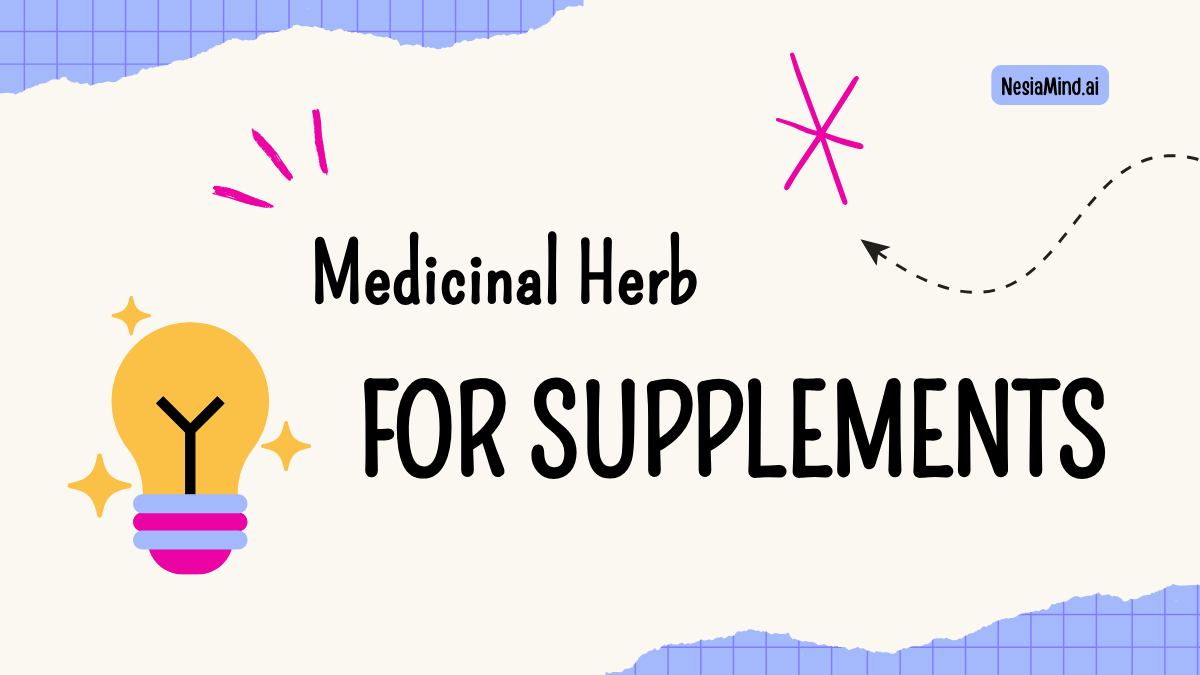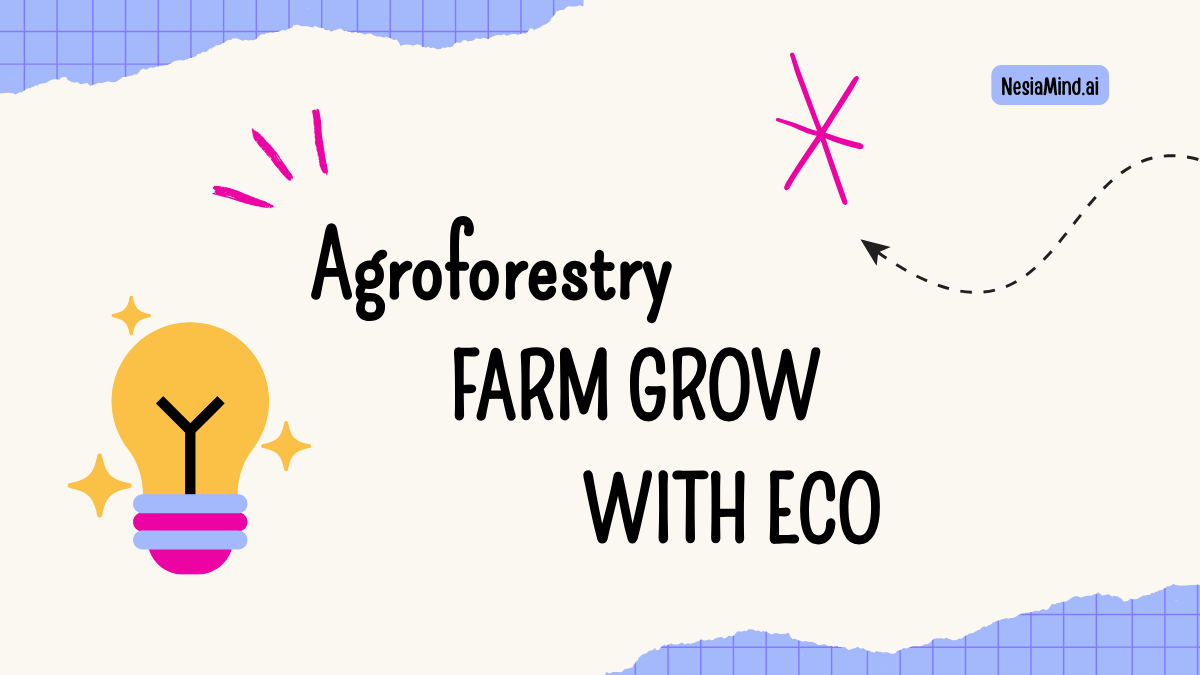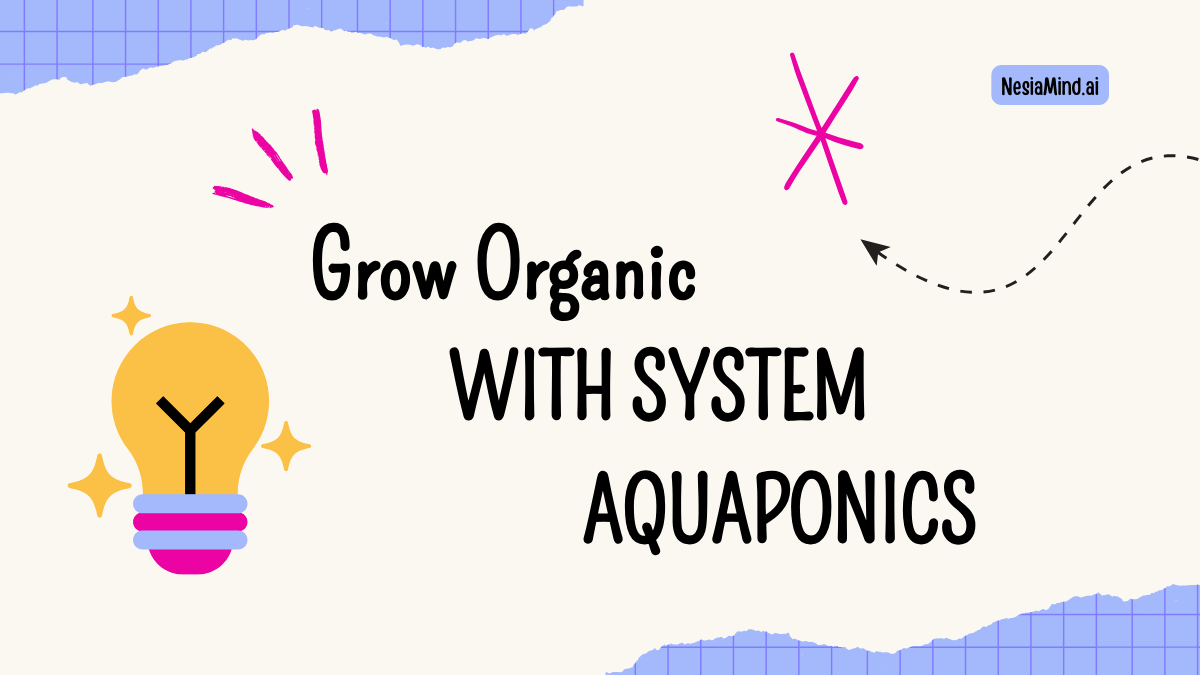Harvesting and Processing for Herbal Excellence
1. Introduction
Cultivating a verdant herb garden is only the first step on the journey to producing premium teas and nutraceuticals. To unlock the full therapeutic power of botanicals, growers must marry keen observational science with artisan craftsmanship. This comprehensive guide delves deep into every stage—from discerning microscopic phenological cues in the field to sophisticated encapsulation and packaging strategies—so that your end products are not only potent and palatable but also stand out in a crowded marketplace.
2. Timing the Harvest with Precision
2.1 Phenological Indicators
-
Budburst and Pre-flower Stage: For many adaptogens (e.g., ginseng, ashwagandha), early leaf expansion signals peak levels of glycosides.
-
Anthesis (Flowering): Aromatic herbs such as lavender and chamomile reach maximal essential-oil density just before full bloom.
-
Fruit Set and Seed Formation: In seed-rich botanicals like fennel or coriander, waiting until 50–75% of seeds have turned straw-yellow optimizes both yield and flavor.
2.2 Environmental Synchrony
-
Diurnal Temperature Swings: High daytime heat followed by cool nights concentrates terpenoids in rosemary and sage leaves.
-
Humidity and Dew Point: Harvest on a dry morning—once surface dew has evaporated—to minimize hygroscopic moisture that accelerates microbial growth.
2.2.1 Microclimate Monitoring
Embedding miniature data loggers among the rows yields continuous readings of soil moisture, air temperature, and relative humidity, letting you model phytochemical accumulation with unprecedented accuracy.
2.2.2 Lunar and Circadian Rhythms
Some traditional herbalists consult lunar calendars, arguing that sap flow aligns with lunar phases. While scientific consensus is still emerging, blending modern data with age-old wisdom can yield unexpected insights.
3. Post-harvest Handling and Drying Techniques
3.1 Immediate Sorting and Sanitization
Within 15 minutes of clipping, herbs should be:
-
Rinsed in potable water to remove dust and insect detritus.
-
Visually inspected under good light for browning or pest damage.
-
De-winged or de-stalked if necessary, to focus drying energy on the phytochemical-rich tissues.
3.2 Drying Methodologies
3.2.1 Traditional Shade-Drying
-
Ambient Conditions: 20–25 °C, 40–60% relative humidity.
-
Airflow: Gentle cross-drafts prevent mold without stripping volatile oils.
3.2.2 Controlled-Atmosphere Dehydrators
-
Temperature Ramps: Begin at 35 °C for 2–4 hours, then gradually decrease to 25 °C to avoid volatilizing monoterpenes.
-
Humidity Control: Precise humidity management (30–40%) reduces case hardening and preserves leaf morphology.
3.2.3 Hybrid Innovations
-
Infrared-Assisted Drying: Short bursts of infrared energy penetrate leaf matrices, reducing total drying time by up to 30%.
-
Microwave Vacuum-Dryers: Combining low pressure with microwave radiation yields crisp, homogenously dried product in under an hour.
3.3 Tips and Tricks for Optimal Drying
-
Single-layer Racks: Ensure even exposure; overlapping leaves create moisture pockets.
-
Intermittent Agitation: Gently tumbling herbs every 20 minutes promotes uniform dehydration.
-
Post-Dry Rest: After initial drying, let herbs “cure” in breathable cloth sacks for 24 hours to equalize internal moisture gradients.
4. Quality Assurance and Analytical Profiling
4.1 Phytochemical Assays
-
High-Performance Liquid Chromatography (HPLC) detects flavonoid and alkaloid content, ensuring each batch meets label claims.
-
Gas Chromatography–Mass Spectrometry (GC-MS) profiles volatile oils, validating aroma and therapeutic signatures.
4.2 Moisture and Microbial Testing
-
Karl Fischer Titration confirms moisture content below 8%.
-
Total Plate Count & Yeast/Mold Assays ensure compliance with GMP thresholds.
4.3 Traceability Systems
Implement QR-coded batch tags that link end-users back to GPS-tagged harvest data, lab-verified reports, and grower notes—building consumer trust through radical transparency.
5. Artisanal Crafting of Teas and Supplements
5.1 Formulating Unique Blends for a Sophisticated Palate
Begin with a base herb that offers a broad canvas—like rooibos or green tea—then layer:
-
Adaptogens (e.g., reishi, rhodiola) for functional support.
-
Flavor Modulators (e.g., licorice root, cacao nibs) to round out bitterness.
-
Enhancers (e.g., citrus peel, cardamom) for tantalizing aroma.
5.1.1 Balancing Efficacy and Organoleptic Appeal
A 5% addition of lemon balm can temper the sharpness of peppermint while still delivering neuromodulatory benefits.
5.2 Encapsulation and Extraction Techniques
5.2.1 Tinctures vs. Capsules
-
Ethanolic Tinctures draw out lipophilic constituents like cannabinoids or flavones.
-
Powdered Capsules excel for water-soluble compounds such as vitamin C and polysaccharides.
5.2.2 Standardized Extracts
Use solvent partitioning or supercritical CO₂ extraction to concentrate specific marker compounds (e.g., 5% bacosides in Bacopa monnieri) and guarantee batch-to-batch consistency.
6. Embracing Tradition While Infusing Innovation
6.1 Ethnobotanical Foundations
Study ancient materia medica—Ayurvedic, Traditional Chinese Medicine, Western herbalism—to unearth synergistic formulas that have endured for centuries.
6.2 Integrating Modern Research
Collaborate with phytochemistry labs to investigate new bioactive fractions, then reformulate blends based on peer-reviewed findings to stay at the vanguard of herbal science.
7. Packaging, Labeling, and Regulatory Compliance
7.1 Sustainable Packaging Solutions
Opt for:
-
Compostable pouches with inner linings made of cellulose.
-
Recyclable tins embossed with QR codes linking to digital product dossiers.
7.2 Label Claims and Legal Requirements
Adhere strictly to local pharmacopeia and FDA (or equivalent) guidelines:
-
Avoid unsubstantiated disease-treatment claims.
-
List all ingredients with INCI (International Nomenclature Cosmeticum) or Latin names.
8. Sustainability and Ethical Sourcing
8.1 Agroecological Practices
Implement crop rotation with nitrogen-fixing legumes between herb rows to rebuild soil microbiota and prevent nutrient depletion.
8.2 Fair Trade and Community Partnerships
Source rare botanicals—such as wild-harvested ashwagandha—from cooperatives that pay harvesters a living wage, ensuring supply-chain resilience and social responsibility.
9. Marketing Strategies and Niche Domination
9.1 Storytelling and Brand Narratives
Weave a compelling tale:
“Our lavender fields are nestled at 1,200 m altitude, kissed by alpine breezes. Each bud is hand-harvested at dawn, when the dew has just evaporated, locking in an aroma reminiscent of summer meadows.”
9.2 Digital Marketing and SEO
9.2.1 Targeted Keyword Strategy
Optimize for long-tail phrases like “shade-dried organic peppermint tea” and “laboratory-tested herbal supplements.”
9.2.2 Social Media and Content Marketing
-
Instagram Stories showcasing daily harvest rituals.
-
YouTube Mini-Documentaries on phytochemical analytics in your lab.
-
Blog Posts that dissect individual phytochemicals—“Understanding Rosmarinic Acid in Rosemary.”
10. Customer Education and Expert Engagement
10.1 Interactive Workshops and Webinars
Host seasonal virtual masterclasses on:
-
Proper home-drying techniques.
-
Creating bespoke tea blends for stress relief or focus.
10.2 Content Hubs and Whitepapers
Publish downloadable guides—“10 Phytocompounds That Could Transform Your Wellness Routine”—to capture leads and position your brand as an authority.
10.3 Feedback Loops and Loyalty Programs
Incentivize customer reviews with tiered loyalty points that unlock private consultations or sample packs of experimental blends.
11. Scaling Operations and Future Trends
11.1 Automation in Harvesting and Sorting
Robotic arms equipped with hyperspectral imaging can now discern leaf color changes that humans might miss, automating harvest decisions with millimeter precision.
11.2 Personalized Herbal Formulations
Leveraging AI-driven platforms, customers can input health goals and receive tailored tea or supplement recommendations, complete with bespoke phytochemical profiles.
12. Tips and Tricks Recap
-
Harvest at the precise phenophase—not too early, not too late.
-
Dry under controlled conditions, using hybrid techniques to preserve color and aroma.
-
Employ rigorous assays (HPLC, GC-MS, moisture testing) to guarantee quality.
-
Tell your brand story with vivid, sensory-rich language.
-
Engage your audience through workshops, behind-the-scenes content, and transparent traceability.
13. Conclusion
By fusing ancient herbal verities with cutting-edge science, you can shepherd raw botanicals into exceptional teas and supplements that resonate with both connoisseurs and health-focused consumers. Precision at every step—from pinpoint harvest timing to granular quality assays—ensures your products deliver consistent efficacy and a memorable sensory journey. Embrace innovation without forsaking tradition, and let your handcrafted blends become the gold standard in an ever-evolving herbal marketplace.











Leave a Reply